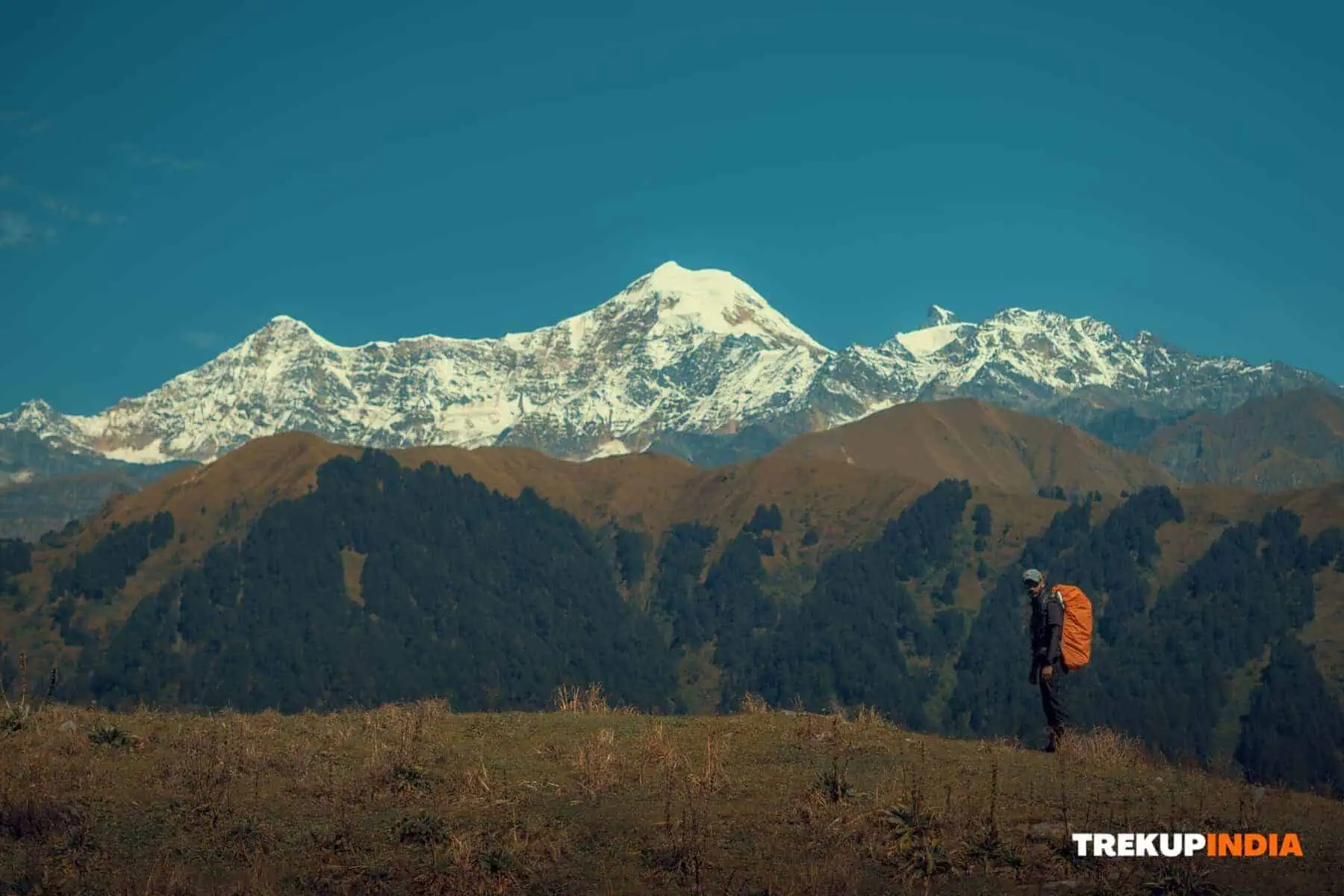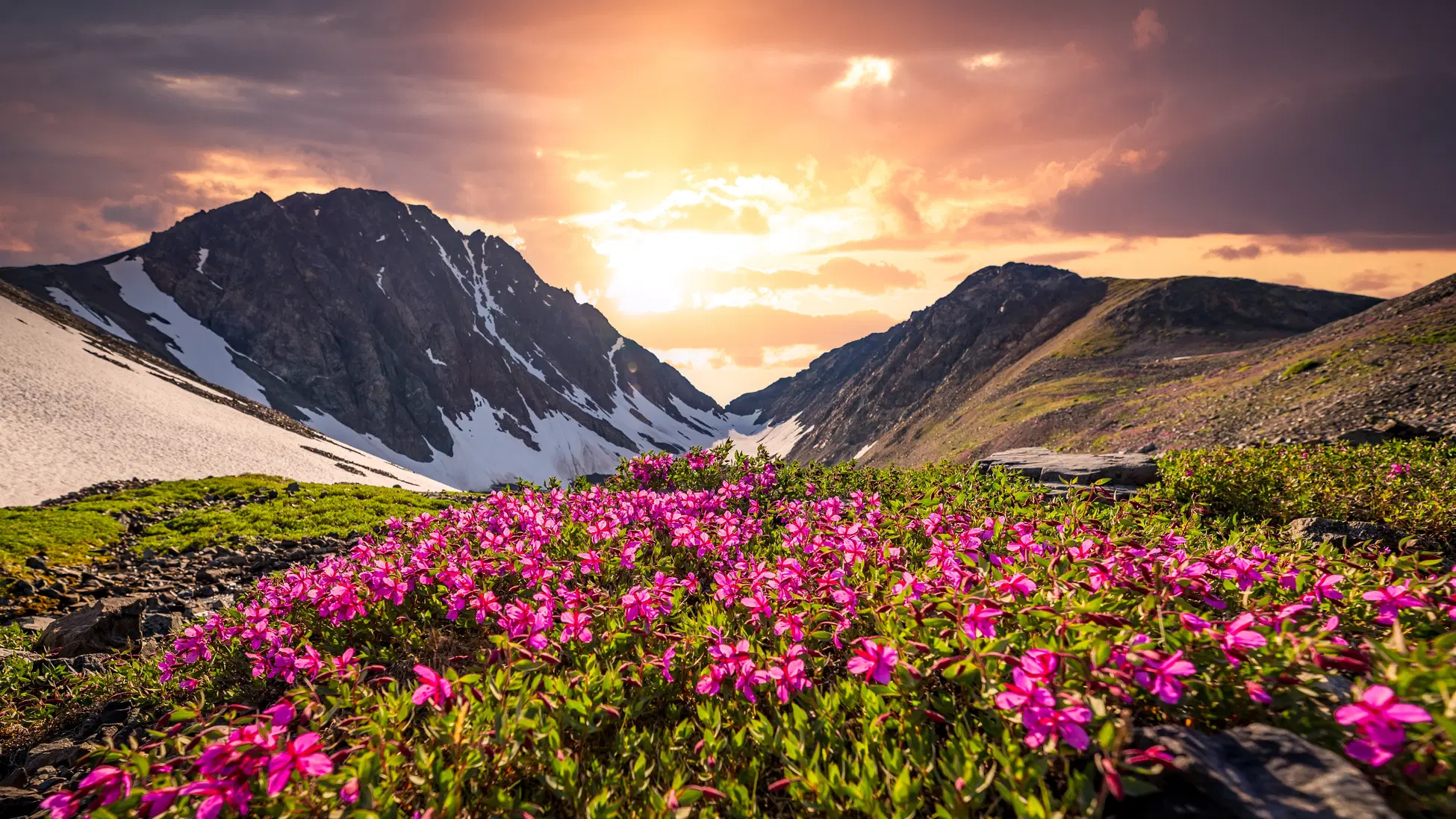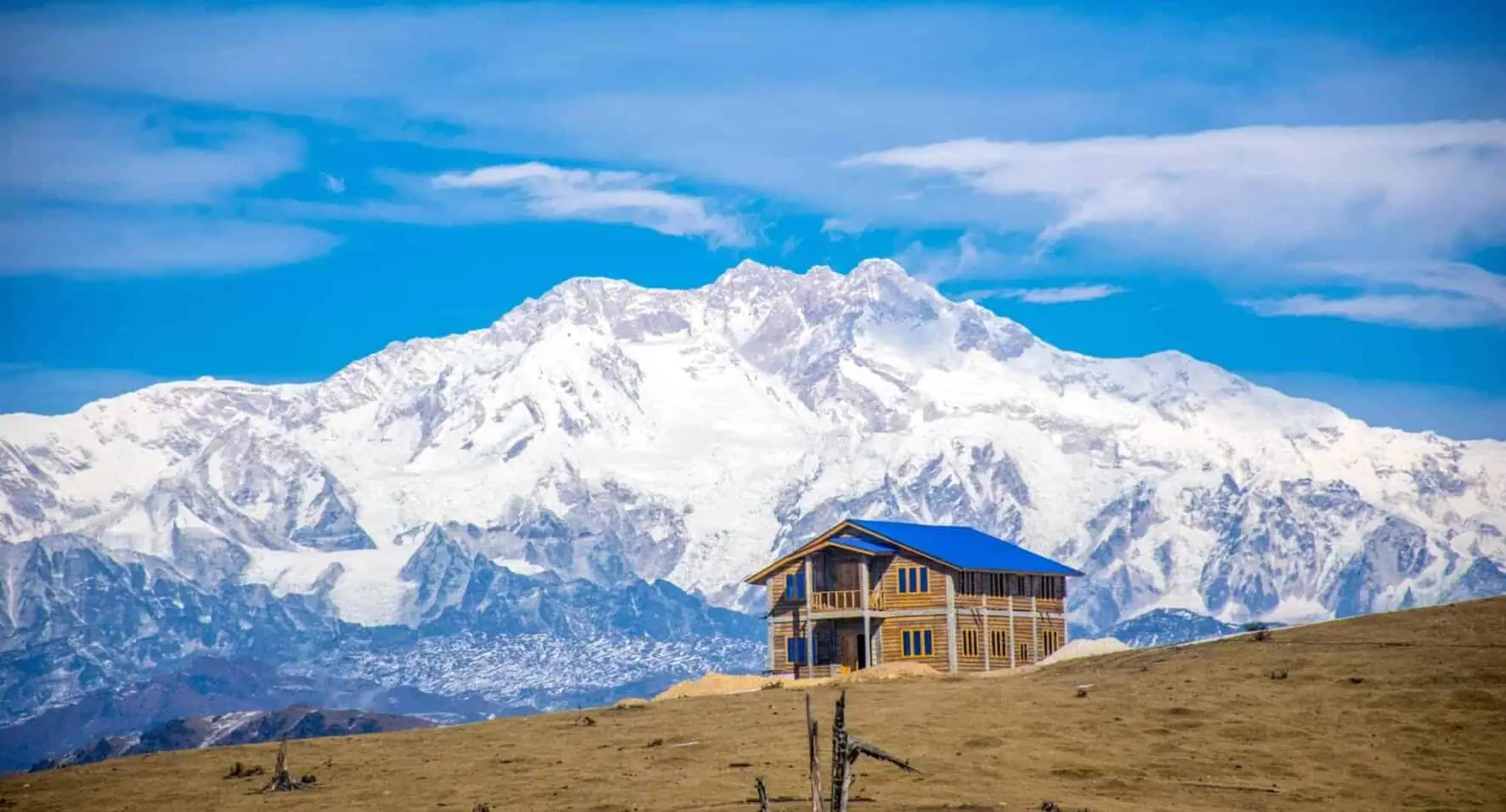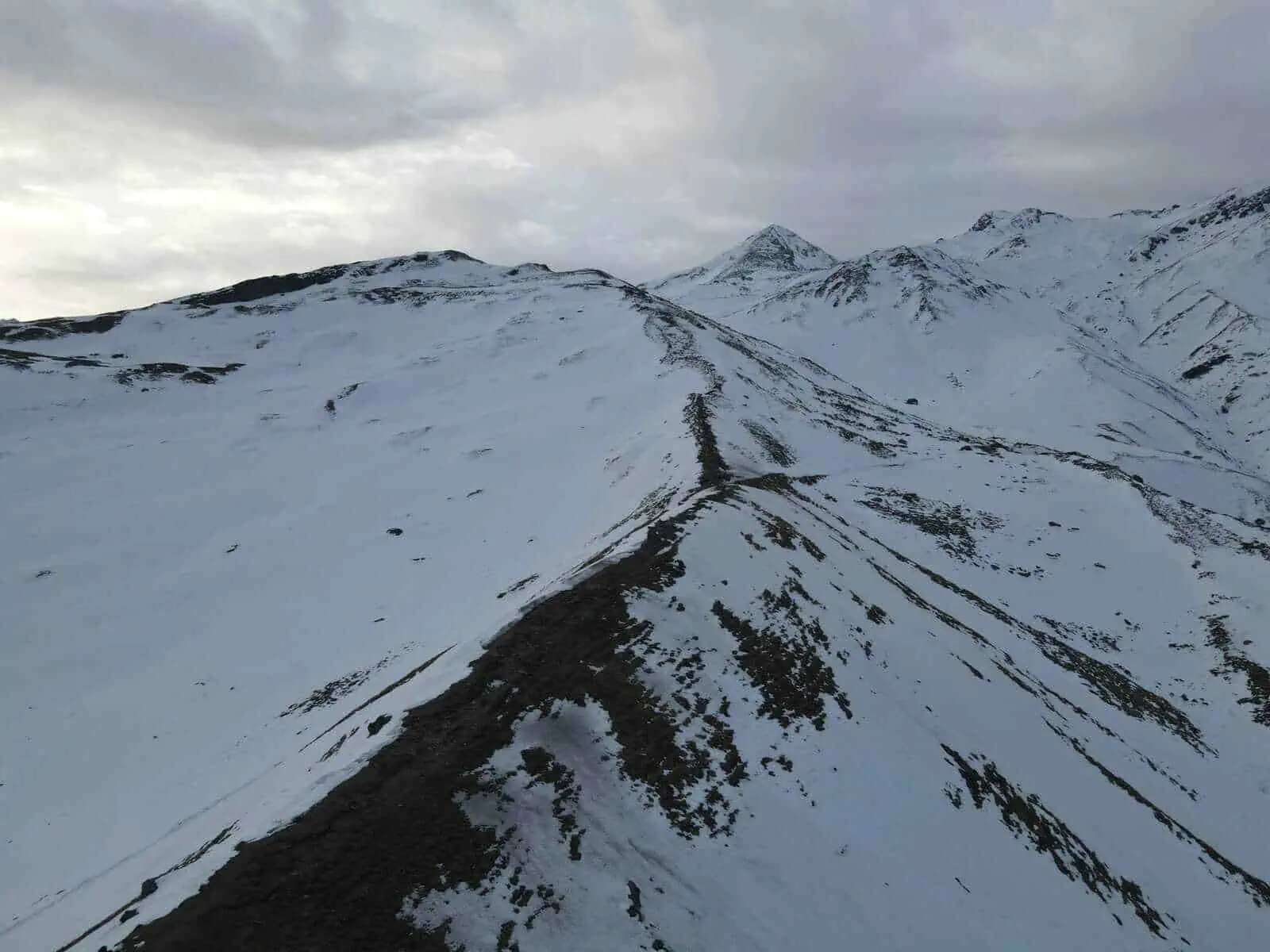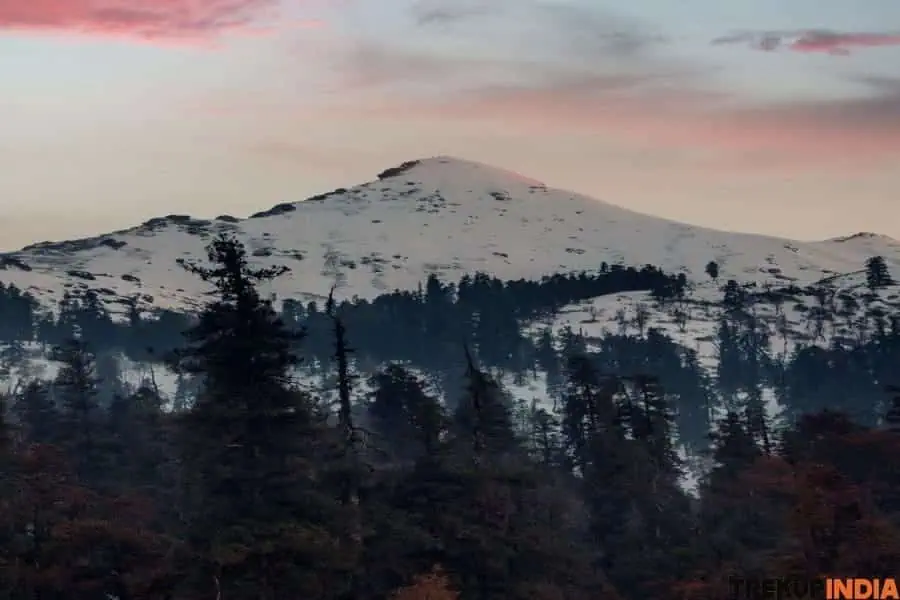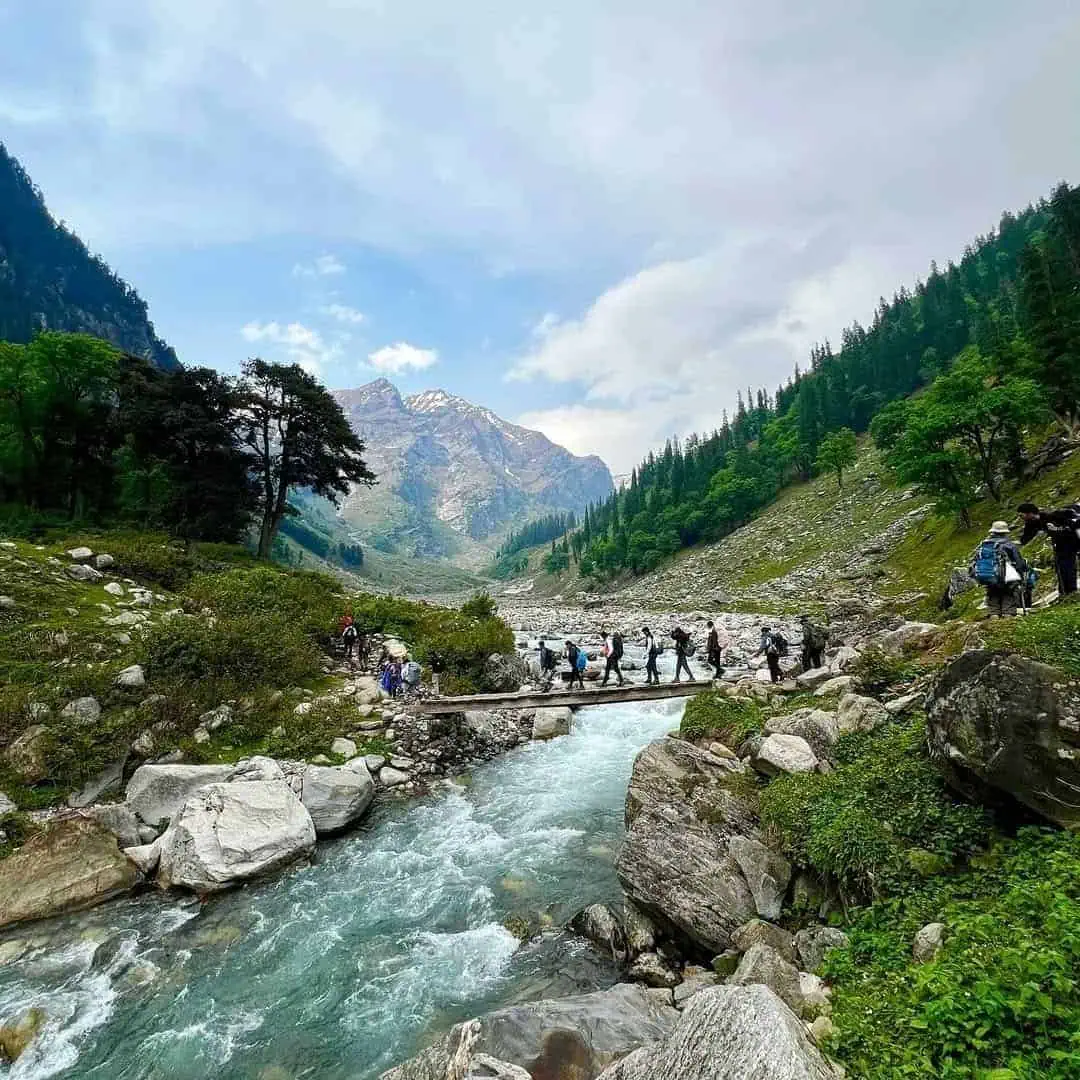Satpura Forest Trail
Satpura Forest Trail: The Ultimate Trekking Guide
The Satpura Forest Trail is an beautiful trek within the Hoshangabad district in Madhya Pradesh. It runs through the beautiful nature of Pachmarhi and is often referred to by the name of “Queen of Satpura Tiger Reserve.” The trail provides a varied adventure, from walks along the river as well as cliffside views, to encounters with a vibrant vegetation and the elusive animals.
Overview & Highlights
- Diverse Scenery: Journey through gentle riverbeds on Denwa and Bainganga up to rocky cliffs that offer vast valley views. Take a break at the beaches of sandy riverbanks, tranquil waterfalls as well as the lush clearings of forest.
- The Wildlife & Nature Tour: See uncommon birdlife, observe tracks left by animals (including the tracks of Tigers) as well as immerse yourself in the beauty of the teak, mango as well as sal groves.
- Cultural Traces: Take a stroll along the tracks once utilized by early explorers, such as James Forsyth as well as learn more about local indigenous traditions and holy landmarks such as Banjari Devi.
- Unique Experience It is the Forest Department provides assistance for access to trails, which ensures the natural beauty of our area free of commercialization.
Detailed Itinerary
Day 1: Bhopal to Kanji Ghat
- Transport: Drive (or utilize shared taxi service) between Bhopal towards Pachmarhi Cantonment (approximately 194 km 5-6 hrs).
- Trek Start: Begin at Pachmarhi Cantt. And then head down a gentle hill through the lush forest. Enjoy stunning waterfalls as you recharge at natural springs like Gidhmau Nalah.
- Camps: Reach Kanji Ghat, an expansive clearing near the river Bainganga, where you’ll set your camp amid ancient tribal remnants as well as the relaxing music of the water cascading.
Day 2: Kanji Ghat to Jhela
- Directions: Follow the banks of the Bainganga and Denwa rivers for around 7 km in 4 hours.
- The highlights of HTML0: Cross the crystal clear waters in Ram Nalah (ensure you fill the reservoir with water here) and explore an amazing sandstone canyon that is decorated with warship-like natural formations.
- Stay the night: Set the camp in close proximity to Jhela in the area with its gentle stream and green surroundings give serene retreat.
Day 3: Jhela to Muar Ghat
- Information about the Trek: Cover 8km in about 7 hours along an easy to moderately strenuous the route.
- Principal Challenges: Tackle an ascent of 800-feet along steep cliffs and then descend through Muar Ghat.
- Scenic Benefits: Enjoy amazing panoramic views. small streams that weave through the thick forest, and the chance to observe animals.
- Camping: Overnight in Muar Ghat, which is situated along the river’s shores that are sand-colored. Denwa.
Day 4: Muar Ghat to Satdhara & Return to Bhopal
- Route: From Satdhara and then take a entrance 6 km of walking along the sand and level riverbanks. Denwa River lHighlights: Witness the waterbirds like kingfishers and mallards as they walk along natural bridges made of rock.
- Return At Satdhara the airport, take an open vehicle to take an enjoyable 200km drive towards Bhopal (approximately five to 6 minutes).
- NOTE: Plan your departure time after 8 pm to allow for travel.
Travel & Access
- Beginning Location: Reach Pachmarhi Cantonment from Bhopal by taxi, vehicle, or bus.
- Local Transportation: Trekup India provides shared taxi service starting from Bhopal up to Pachmarhi and allows passengers to take in the stunning views of the river across the Tawa.
- Regional Connectivity Bhopal has been very well-connected by flights (Bhopal Airport) and railway, which makes Bhopal an easy entry point for this hidden gem.
What to Bring
- Important documents: Valid documents from the authorities, such as trekking permits or any forms required (protected by a waterproof case).
- Wearing footwear and clothing:Waxed hiking boots that have good grip
- Layered clothing that can withstand temperature fluctuations
- A rain jacket or poncho (monsoon protection)
- Equipment: A robust backpack (40-60 liters) equipped with a raincover
- Trekking poles for steep descents
- Headlamps or torch with LEDs
- Drinking and snacks: At least 3-4 liters of fluids per person
- High-calorie snack foods, energy bars, as well as electrolyte supplements
- Personal items: Sunscreen, sunglasses as well as a hat
- First-aid kits that includes essential medicines
- Binoculars for wildlife, as well as panorama views
Pre-Trek Fitness & Preparation
- Training: Try to complete 5km in just 45 minutes. Work your way up to increasing the speed and distance. Include cardio exercises (running or cycling, stairs climbing) and strength exercises (squats or lunges)
- Agility and Flexibility: Daily stretching to stretch hamstrings and quadriceps and hip flexors is crucial.
- tracking: Use programs such as Nike Run to monitor your performance and make sure you’re ready for your trek.
Safety & Additional Information
- Navigation: Trail markers as well as forest guards are available. Be vigilant when crossing rivers or traversing rocky terrains.
- Conditions: The best season for trekking is from mid-January to mid-March. Beware of the monsoon season and summer peak because of the slippery terrain as well as extreme temperatures.
- Wildlife Precautions: Always keep your distance from animals. The safety of your family is improved through forest department supervision.
- Emergency Contacts: Make sure to keep nearby emergency numbers in your pocket. Additionally, keep a basic first-aid kit as well as a fully charged mobile phone.
Take a ride upon the Satpura Forest Trail for an incredible journey through the wild each step of the trail reveals the secrets of nature’s treasures, and how long-standing legends that have been told for centuries come to life.
Want To Trek Like Pro?
Check out the following videos if you want to trek like a pro trekker and improve your skills. These videos contain helpful tips, tricks, and techniques to help you trek like a pro. Whether you’re a beginner or an experienced trekker, these videos can provide valuable insights to enhance your trekking experience. So, watch the videos below by Trekup India experts to take your trekking skills to the next level.
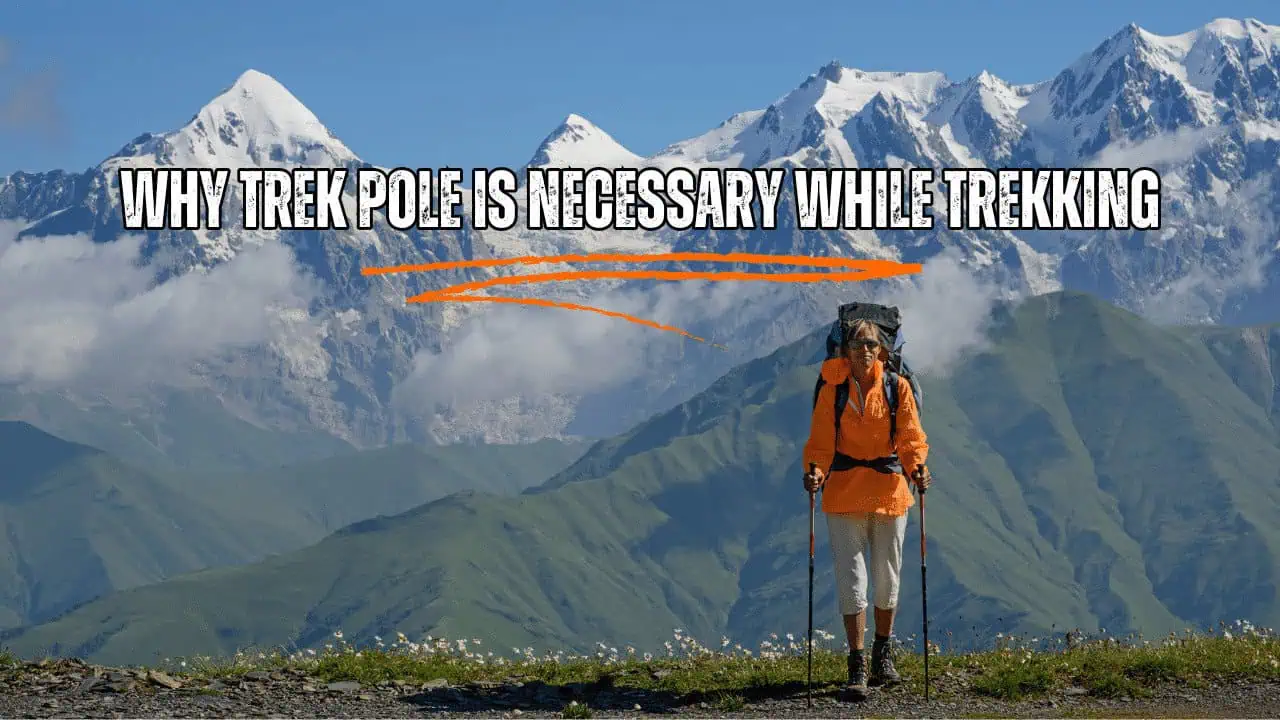

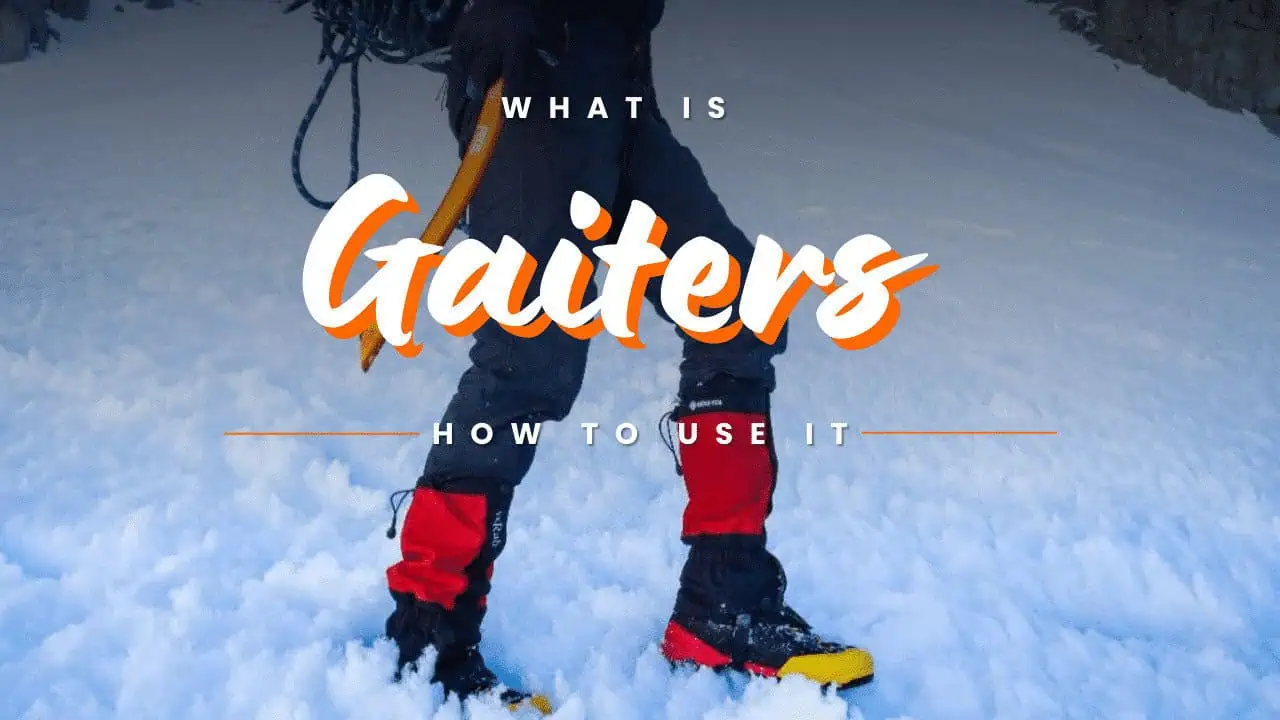


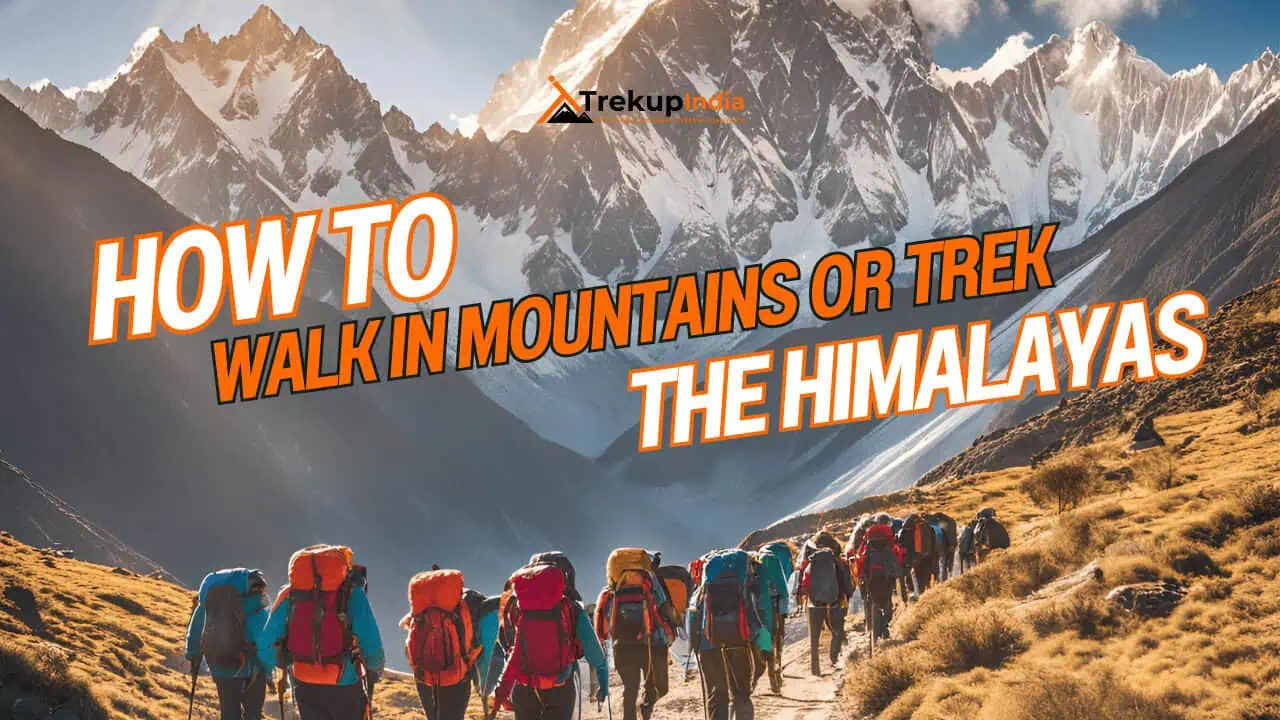

Know Everything About Acute Mountain Sickness
Acute Mountain Sickness is a medical condition that can occur when individuals travel to high altitudes, typically above 8,000 feet. It is caused by the decrease in air pressure and oxygen levels in the air as altitude increases. Symptoms of Acute Mountain Sickness may include headache, nausea, vomiting, dizziness, and difficulty sleeping. To avoid Acute Mountain Sickness, it is important to gradually adjust to high altitudes and seek medical attention if symptoms worsen. To learn more about this condition, check out the videos by Trekup India.
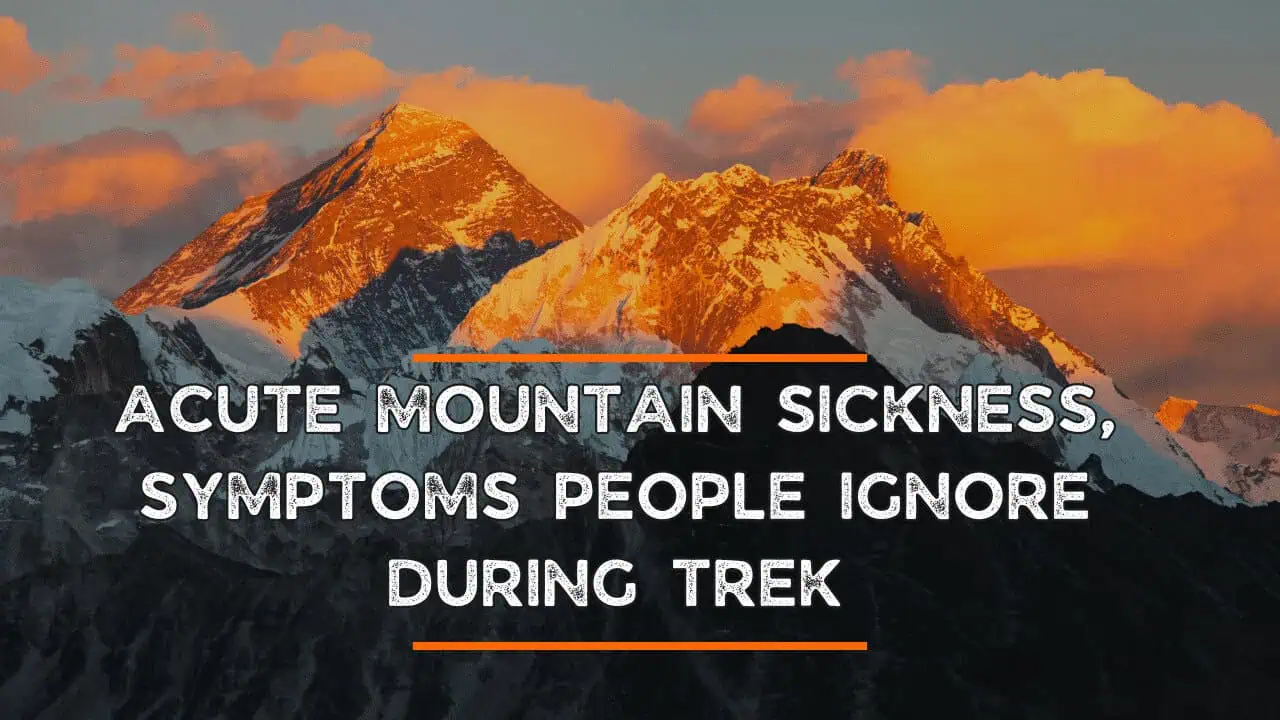
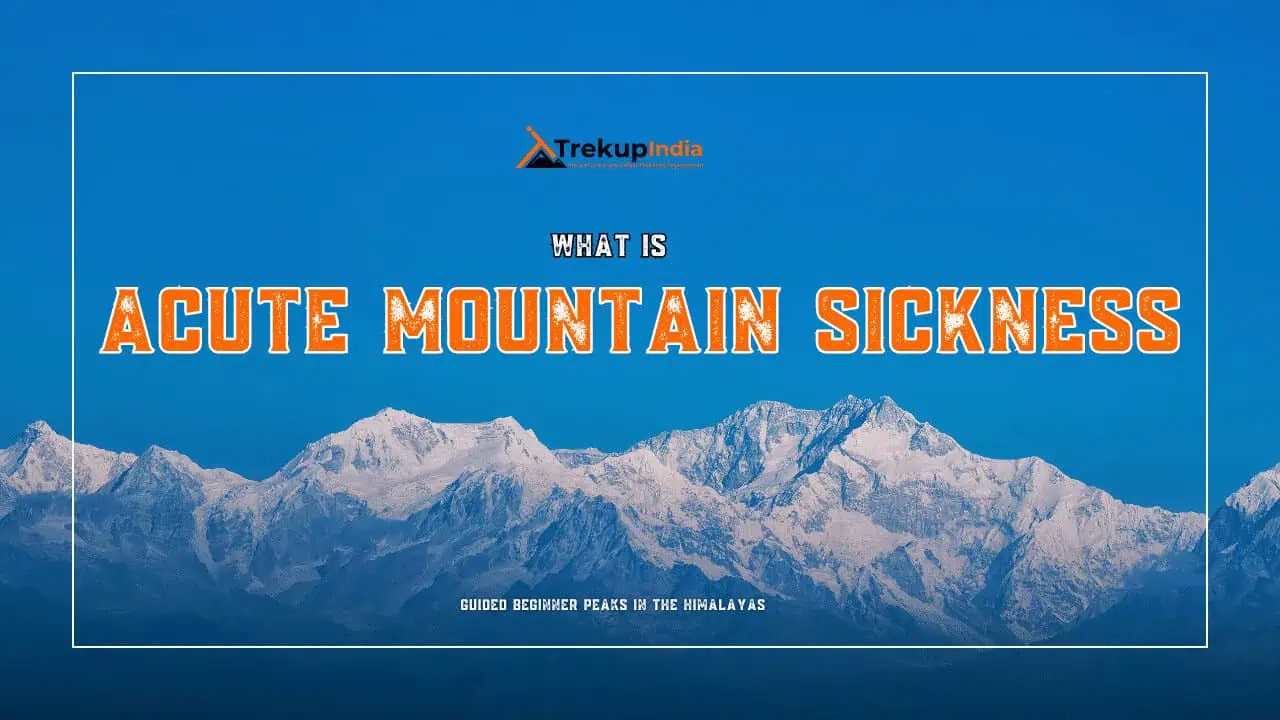
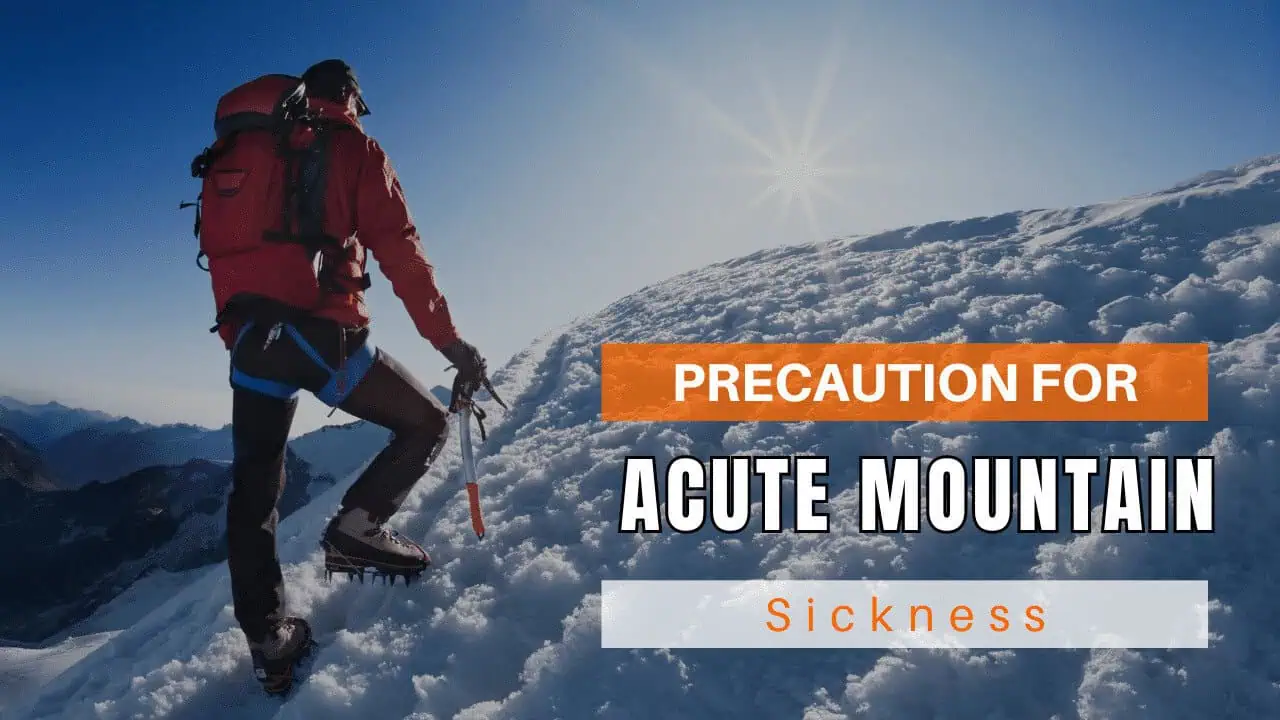
To ensure the best hiking experience in Kanari Khal, you must plan your trek through the seasons below:
- Spring (March to May):
- Conditions: Mild temperatures and flowering flowers make the trails picturesque and colorful.
- Condition: The trails are generally free of snow, so the chance of getting snowed in is very low, making for safer walking conditions.
- Autumn (September to November):
- The weather: Crisp, cool, and clear, the air provides great visibility and comfortable walking conditions.
- The conditions are: The post-monsoon environment ensures that the trails remain stable, while the fall shades make the natural landscapes stunning.
Beware of the monsoon season (June through September) due to slippery roads and landslides. Be aware during winter (December through February), when heavy snowfall and severe cold could cause dangers when trekking. Have fun with Kanari Khal at the time that best matches your style of trekking!

